Electric Power Technician
Peterson Cat is hiring experienced power technicians throughout California, Oregon, and Southwest Washington to work on Cat® engines, generators, power systems, and other components. These positions require expertise in the repair of power generation equipment for industrial, marine, and emergency power applications.
The Role of Power Generation Technicians at Peterson Cat
The job centers on Cat engines and power generation systems — diesel and natural gas generators that provide backup power for hospitals, data centers, marine vessels, and a wide range of other applications. You need mechanical skills to rebuild engines and electrical knowledge to service generator systems.
Core responsibilities include:
- Installing and commissioning equipment: Set up new generators, marine engines, and power systems according to manufacturer specifications and verify they're ready for operation.
- Repairing and rebuilding engines: Disassemble, diagnose, and restore Cat and non-Cat engines used in power generation, industrial, and marine settings.
- Performing electrical service: Conduct generator system maintenance.
- Maintaining accurate records: Document all service work clearly so that the team and clients stay informed about the equipment's status and the repairs completed.
- Adhering to quality and safety standards: Follow manufacturer specifications and safety protocols to ensure every job meets industry standards for quality and safety.
Qualifications of Our Power Generation Specialists
Candidates need at least five years of hands-on experience with diesel engines or power generation systems. An associate degree in diesel technology or a related technical field is preferred, although an equivalent combination of education and work experience also qualifies. We also require a valid driver's license and a clean driving record.
Career Paths for Critical Power Technicians
Peterson Cat offers two different career tracks for power technicians. Power shop technicians work in our fully equipped facilities, handling repairs, installations, and pre-delivery inspections in a controlled environment. Power field technicians travel to various locations in the field to perform on-site service, installations, and emergency repairs. Both paths offer competitive pay and room for advancement as you develop your skills.
Why Work as a Power Technician at Peterson Cat?
Peterson Cat is a family-owned business, meaning we operate differently from most corporate chains. We take a personalized approach with everything we do, including our employees, clients, and suppliers. We hire skilled technicians and invest in their development through training, workforce development, competitive pay, employee benefits, and opportunities for advancement.
We build our work environment on safety, superior quality, and getting the job done right the first time. Our team trains technicians on the latest Cat equipment and diagnostic technology. We also typically promote from within before seeking external candidates.
Apply for an Electrical Power Technician Position Today
Are you ready to apply your knowledge of diesel engines and power generation? Explore our available power technician positions and apply online today.
At Peterson Cat, we are committed to providing equal employment opportunities and promoting affirmative action. Minorities, females, veterans, and individuals with disabilities are encouraged to apply. We require a background check and drug screen for each position.
Earthmoving Equipment Shop Technician
If you know how to repair a diesel engine and diagnose mechanical issues in heavy equipment, Peterson Cat wants you on our team. We're hiring shop technicians who can handle everything from bulldozers and excavators to skid steers and backhoe loaders. More importantly, we're committed to investing in your long-term career growth with a worldwide leader.
Our shop technicians work in state-of-the-art facilities throughout California, Oregon, and Washington. You'll have access to modern diagnostic tools, manufacturer training, and the support you need to do quality work on equipment from Caterpillar and other leading manufacturers.
The Role of the Earthmoving Shop Technician
The technician's workday involves hands-on repair of engines, transmissions, hydraulic systems, electrical components, and more. You'll also be responsible for rebuilding critical systems and preparing new machines for clients. Other primary responsibilities include:
- Diagnosing equipment malfunctions: Troubleshoot issues with various sizes and configurations of earthmoving equipment to determine the correct repair approach.
- Rebuilding critical systems: Disassemble, repair, and replace equipment components and systems.
- Documenting your work: Write clear service reports and prepare work orders that help the entire team stay informed and efficient.
- Following quality standards: Use manufacturer guidelines to perform each task correctly and keep accurate equipment records.
- Completing pre-delivery setups: Get new equipment ready for clients by performing thorough inspections, testing electrical and hydraulic systems, installing machine accessories, and topping off fluid levels.
- Prioritizing workplace safety: Maintain a safe working environment by observing all safety procedures, wearing required personal protective equipment, and identifying potential hazards.
Shop Technician Qualifications
We're seeking candidates with a minimum of five years of experience in heavy equipment diagnostics, troubleshooting, and repair. An associate's degree in diesel technology or a related field is preferred, but an equivalent combination of education and hands-on experience is also acceptable. You'll need to maintain a valid driver's license and a satisfactory driving record.
Why Choose a Career With Us as an Earthmoving Equipment Repair Specialist?
As an employee of Peterson Cat, you'll earn competitive hourly rates and benefits that support your life outside of work. We invest in continuous training, allowing you to work with advanced tools and stay current with the latest technology. As one of the largest Cat® dealers in North America, we have the resources to provide you with genuine opportunities for advancement.
We're a family-owned and operated business, meaning we run things differently from corporate chains. Our culture is built on safety, treating people right, and helping you grow professionally. Your daily responsibilities also matter — the equipment you service builds the roads, bridges, and infrastructure that keep communities across the country running smoothly.
We also offer numerous opportunities for advancement. People build long-term careers here because we typically promote from within and value the expertise you bring to the job.
Apply for the Shop Technician Job Today
Take the next step in your career by applying for a heavy machinery technician position with Peterson Cat. You can also browse the other spots we have open across the region.
Peterson Cat is committed to affirmative action and equal employment opportunities. Minorities, females, veterans, and individuals with disabilities are encouraged to apply. A drug screen and background check are required.
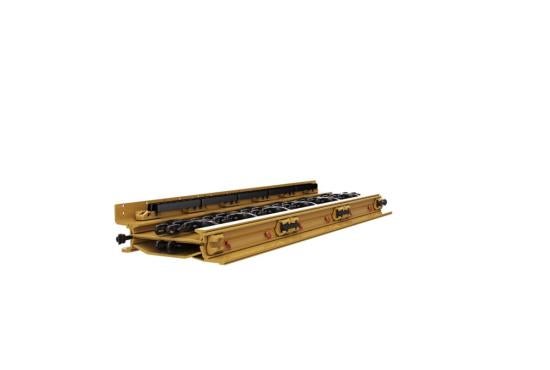
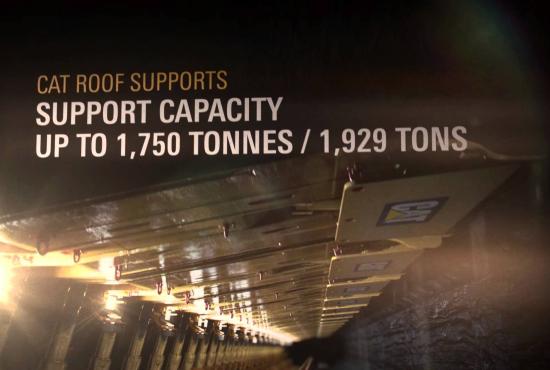
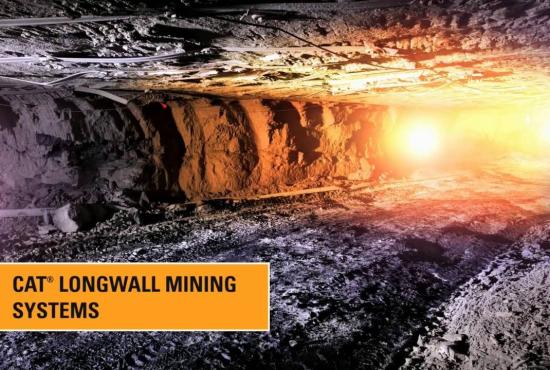
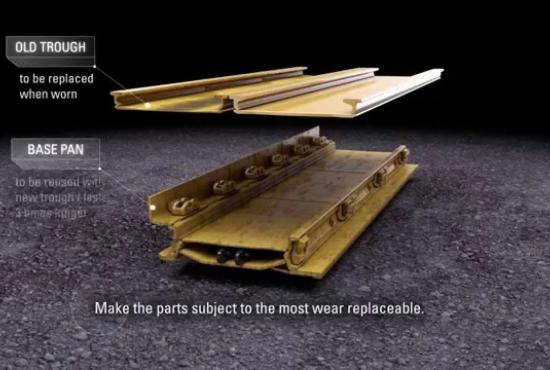
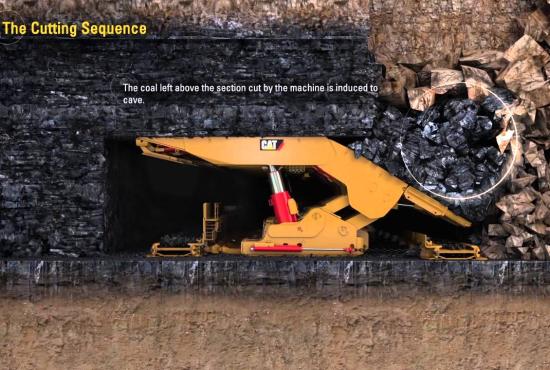
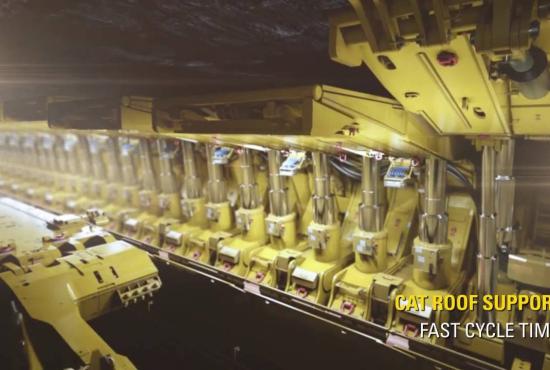

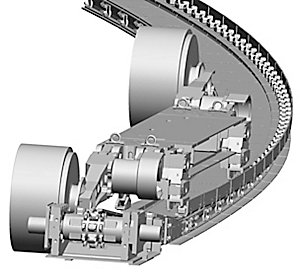

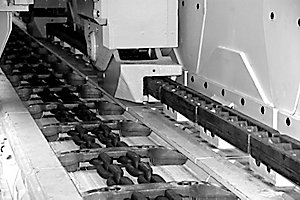



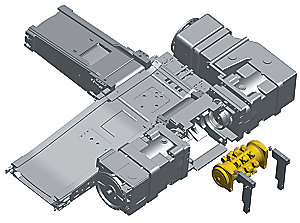

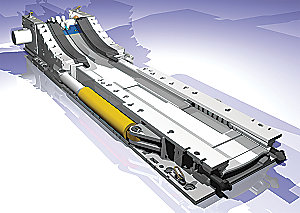

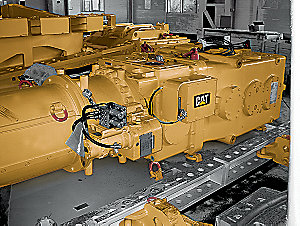

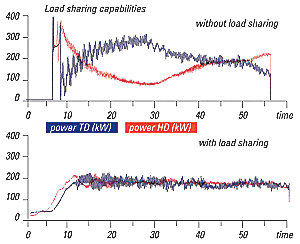

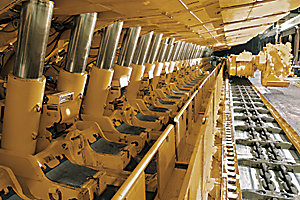

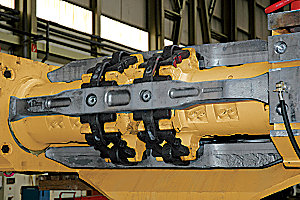

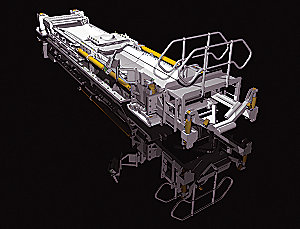

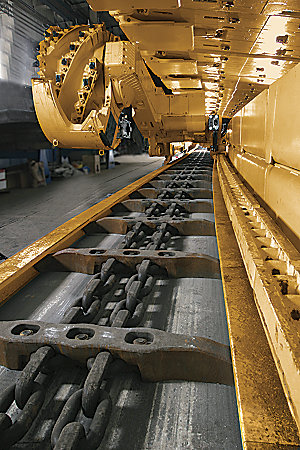

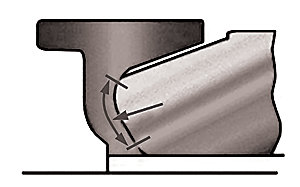

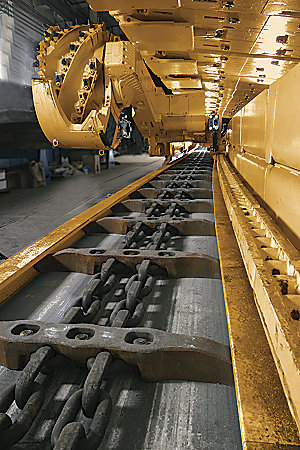

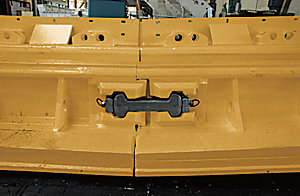

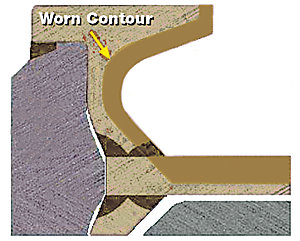

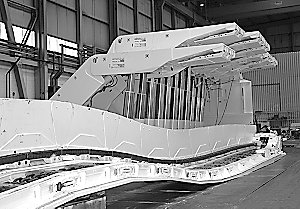

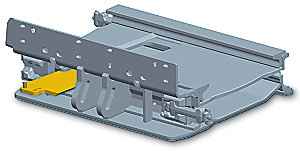

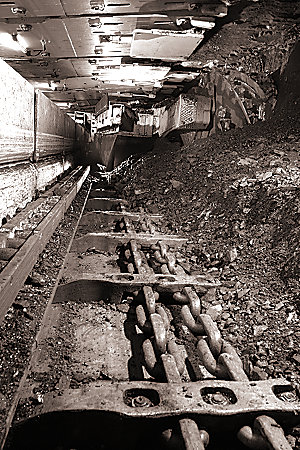

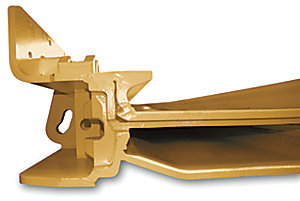

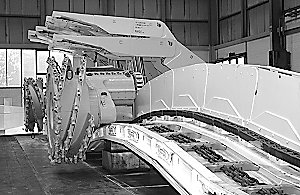

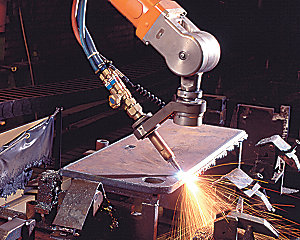
 WARNING
WARNING